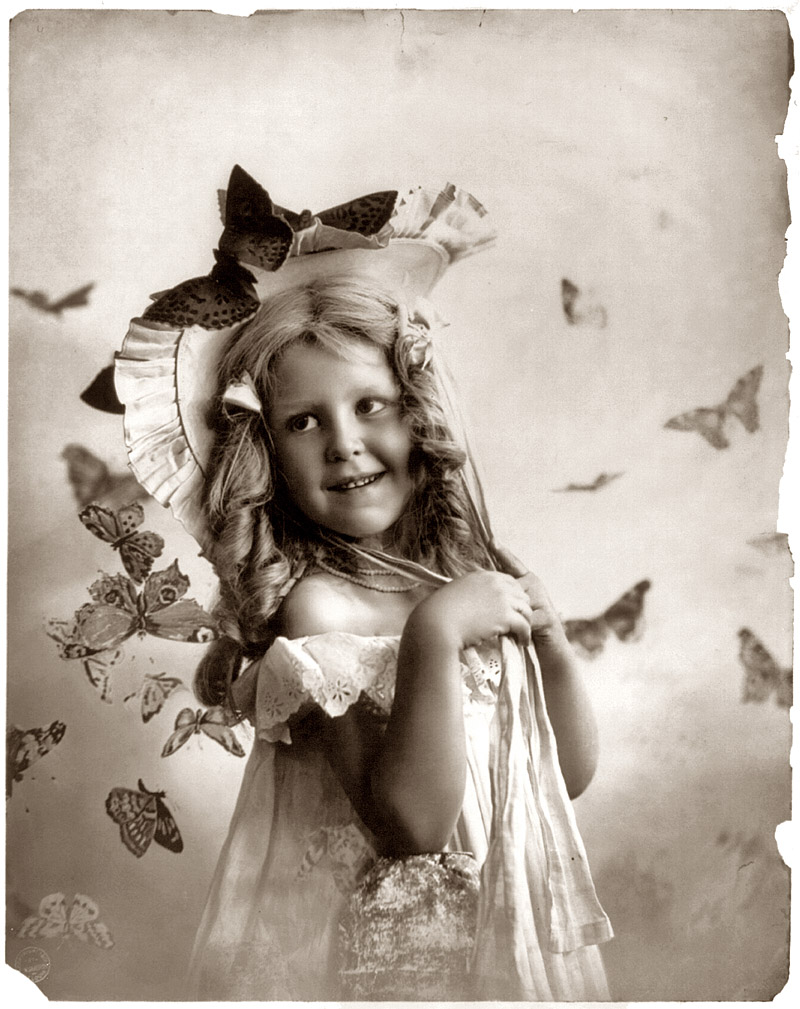Like, lots of people had a similar idea, who may or may not have been influenced by each other, possibly because helpful technology had become available?
The original fairy pictures, which look quaint to us, were convincing because they were bang up-to-date at the time. They are Art Nouveau fairies, prancing and dancing and only barely decently covered in flowing, wispy gowns: modern fairies, photographed with modern equipment. No wonder Sir Arthur Conan Doyle was taken in! (Again!)
Like the 'spirit' photographers, the Cottingley girls had staunch followers who were undeterred by the scoffers because the hoax appeared so up-to-date.
Of course, the twist was that the girls' defence when rumbled was that there really were fairies present and the photos were a representation of real events. By then the damage was done and nobody believed a word they said.




